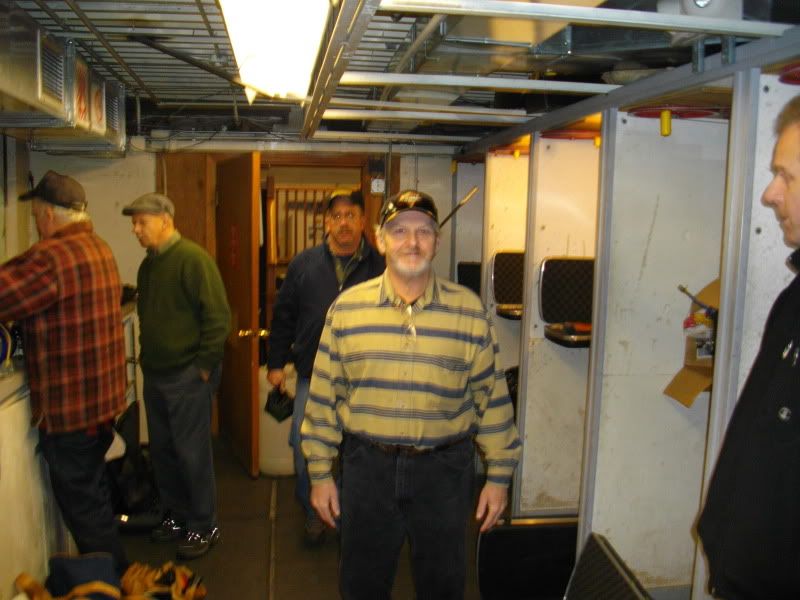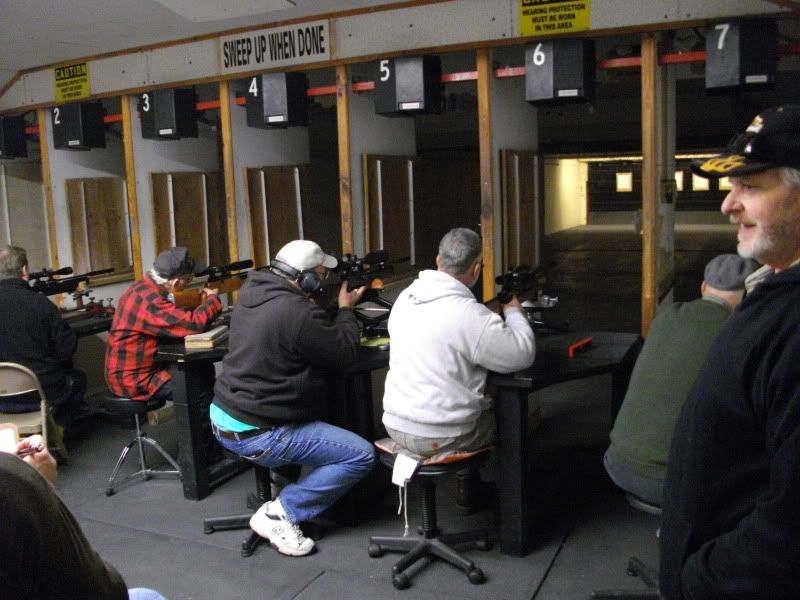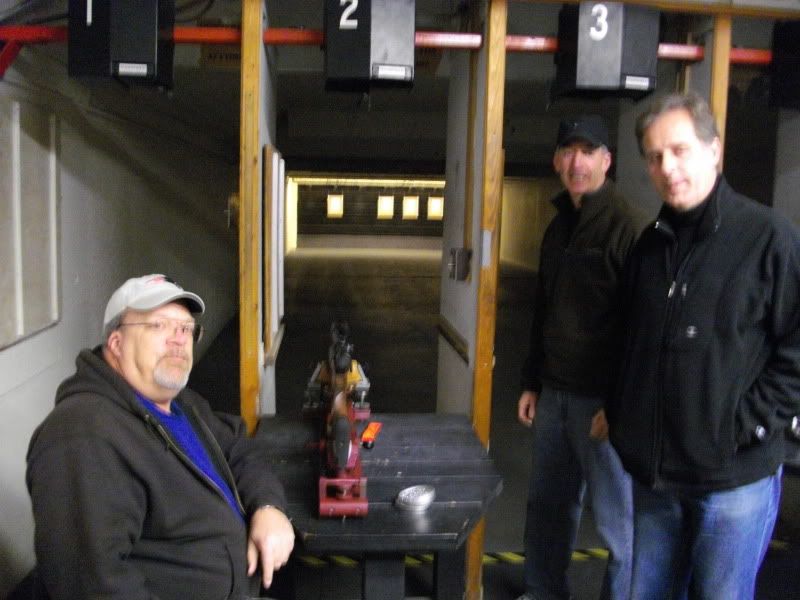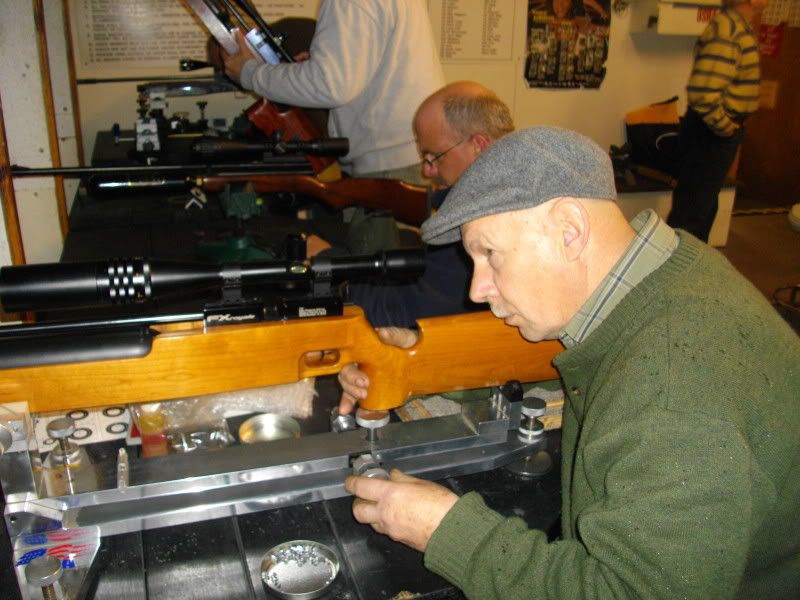P
Paul Bendix
Guest
Another Raining Windy Snowy Bench Rest Match GLAD it was indoors!!!
We had 10 shooters and with the added bench had only 2 relays.
Mitch Hill was on top of his game Winning Target 1 with the only 250 9X I think with the FX ROYAL (He had 3 or 4 guns)
Ray Hill came in second with a 248 5X I think using Al Joly's New FX Royal.
Al Joly came in third with his New FX with a 248 1X (AL shoots left handed and had to bury his face on the right handed stock)
Mitch also won target two with another 250 6X. Al came in second 249 6X and Doug Shea came in third 248 6X
Doug Shea took target 3 with a 250 6X, I (Paul Bendix)changed to my .22 rapid and came in second with a 250 4X, Al Joly took third with a 249 6X
Mitch Hill took the agg with 748 25X
Al Joly second 746 13X
Doug Shea Third 745 16X
Bill Harmon won the Match Class. He also won the Springer Class as his CO2 match gun failed. The last two targets he shot his springer R9 ?
After the AGBR match we shot one IR 50/50 target.
Doug came in first 250 22X
Ray Hill second 249 19X FM 11 (my .22 Rapid)
Al Joly third 249 19X FM 4(went to the first miss tie breaker)
Mitch Hill, Ray Hill (no relation both great shots)Bill Harmon,Frank Monroe,Al Joly Waiting for the next relay.

Al Joly, Mitch Hill, Norm Lieber, Doug Shea, Ray Hill, Frank Monroe (not shooting)

Norm Lieber, Mark Normandy, Al Joly
Norm shooting off of one piece rest Ray Hill made.

Ray Hill shooting Mitch Hills RX Royal and rest

Hope to see you in Jan for the next indoor match, Not Pictured David Shattuck, Doug Shea and Paul Bendix if you want I have file footage of all three.
Paul
We had 10 shooters and with the added bench had only 2 relays.
Mitch Hill was on top of his game Winning Target 1 with the only 250 9X I think with the FX ROYAL (He had 3 or 4 guns)
Ray Hill came in second with a 248 5X I think using Al Joly's New FX Royal.
Al Joly came in third with his New FX with a 248 1X (AL shoots left handed and had to bury his face on the right handed stock)
Mitch also won target two with another 250 6X. Al came in second 249 6X and Doug Shea came in third 248 6X
Doug Shea took target 3 with a 250 6X, I (Paul Bendix)changed to my .22 rapid and came in second with a 250 4X, Al Joly took third with a 249 6X
Mitch Hill took the agg with 748 25X
Al Joly second 746 13X
Doug Shea Third 745 16X
Bill Harmon won the Match Class. He also won the Springer Class as his CO2 match gun failed. The last two targets he shot his springer R9 ?
After the AGBR match we shot one IR 50/50 target.
Doug came in first 250 22X
Ray Hill second 249 19X FM 11 (my .22 Rapid)
Al Joly third 249 19X FM 4(went to the first miss tie breaker)
Mitch Hill, Ray Hill (no relation both great shots)Bill Harmon,Frank Monroe,Al Joly Waiting for the next relay.

Al Joly, Mitch Hill, Norm Lieber, Doug Shea, Ray Hill, Frank Monroe (not shooting)

Norm Lieber, Mark Normandy, Al Joly
Norm shooting off of one piece rest Ray Hill made.

Ray Hill shooting Mitch Hills RX Royal and rest

Hope to see you in Jan for the next indoor match, Not Pictured David Shattuck, Doug Shea and Paul Bendix if you want I have file footage of all three.
Paul
Last edited by a moderator:

